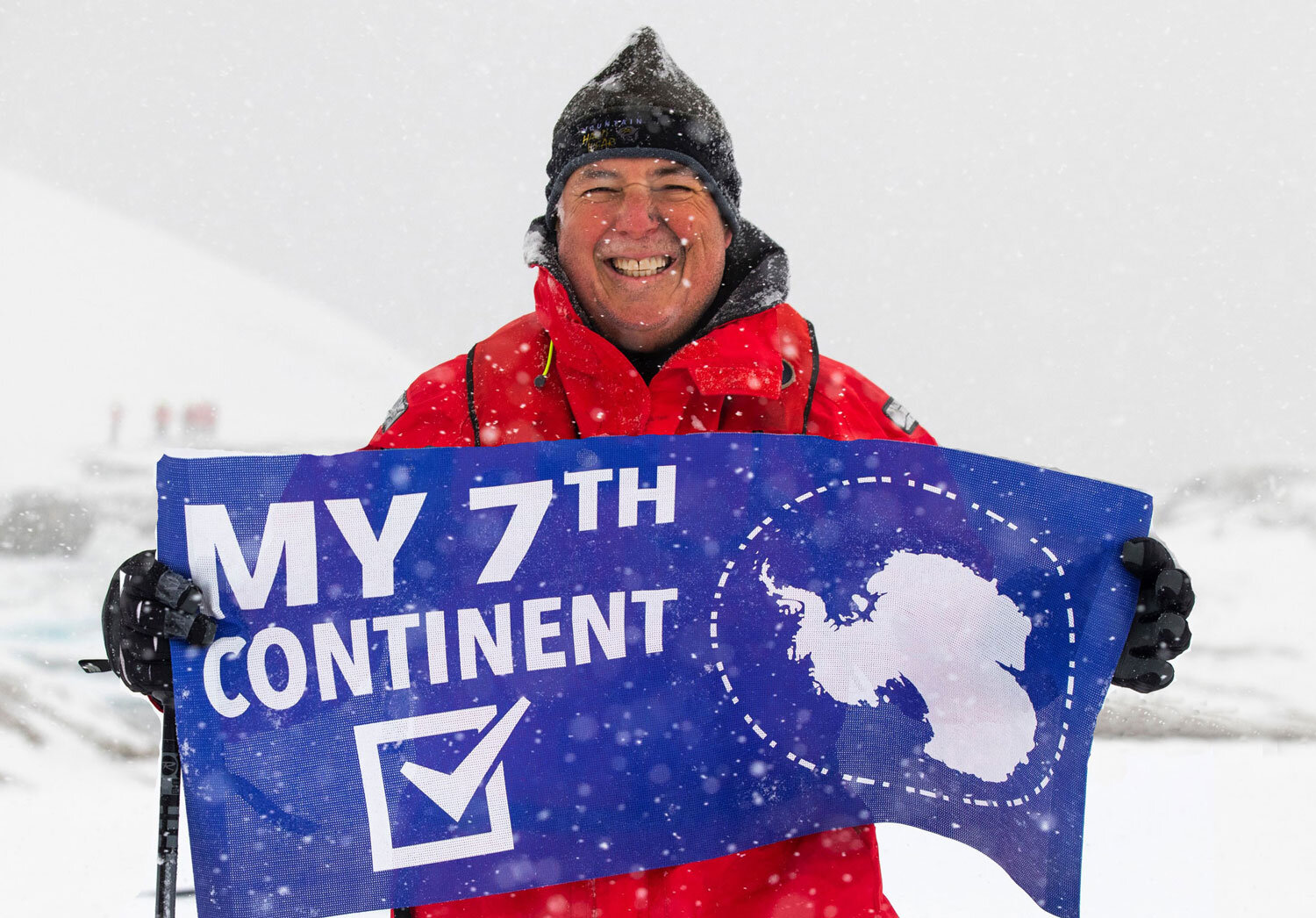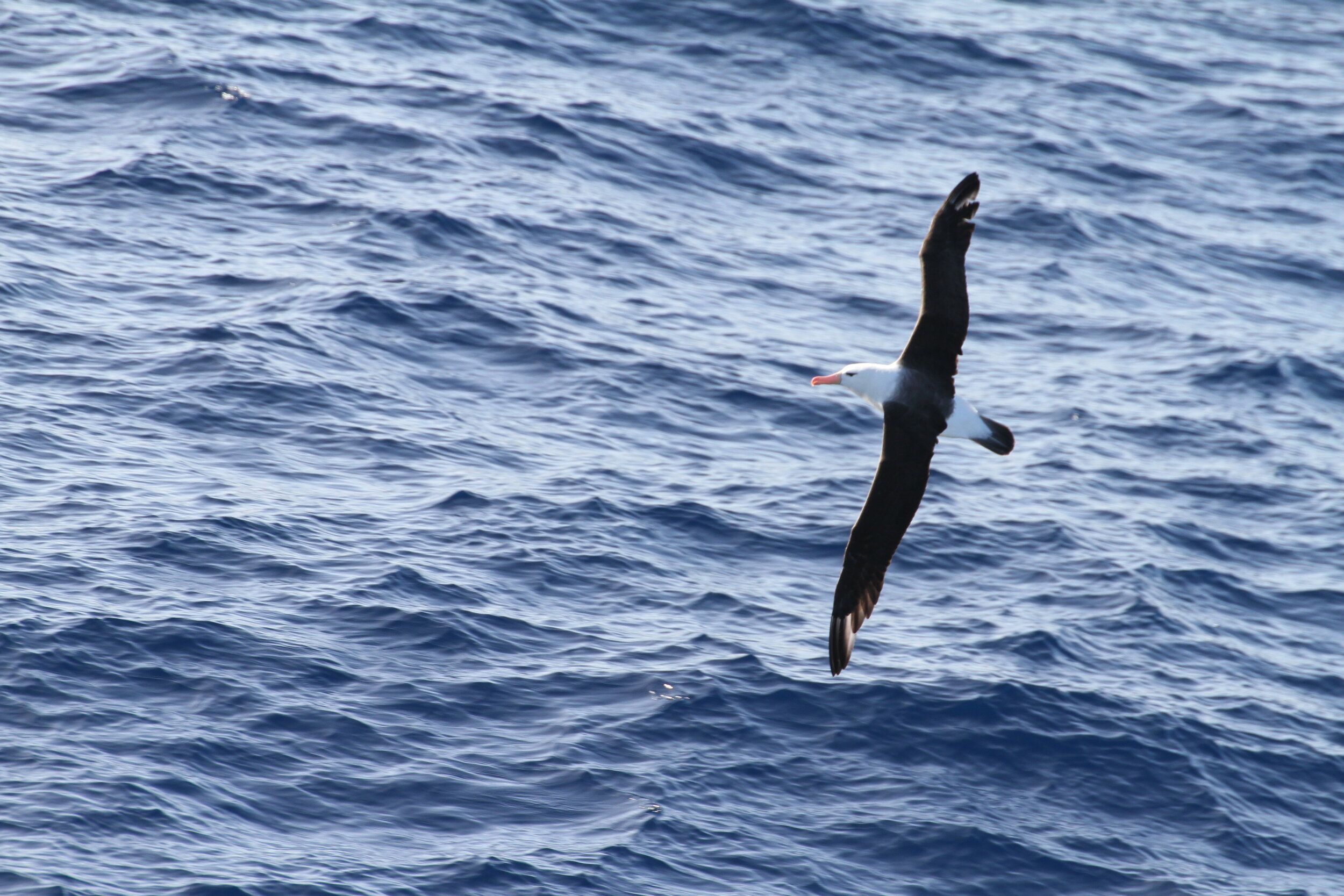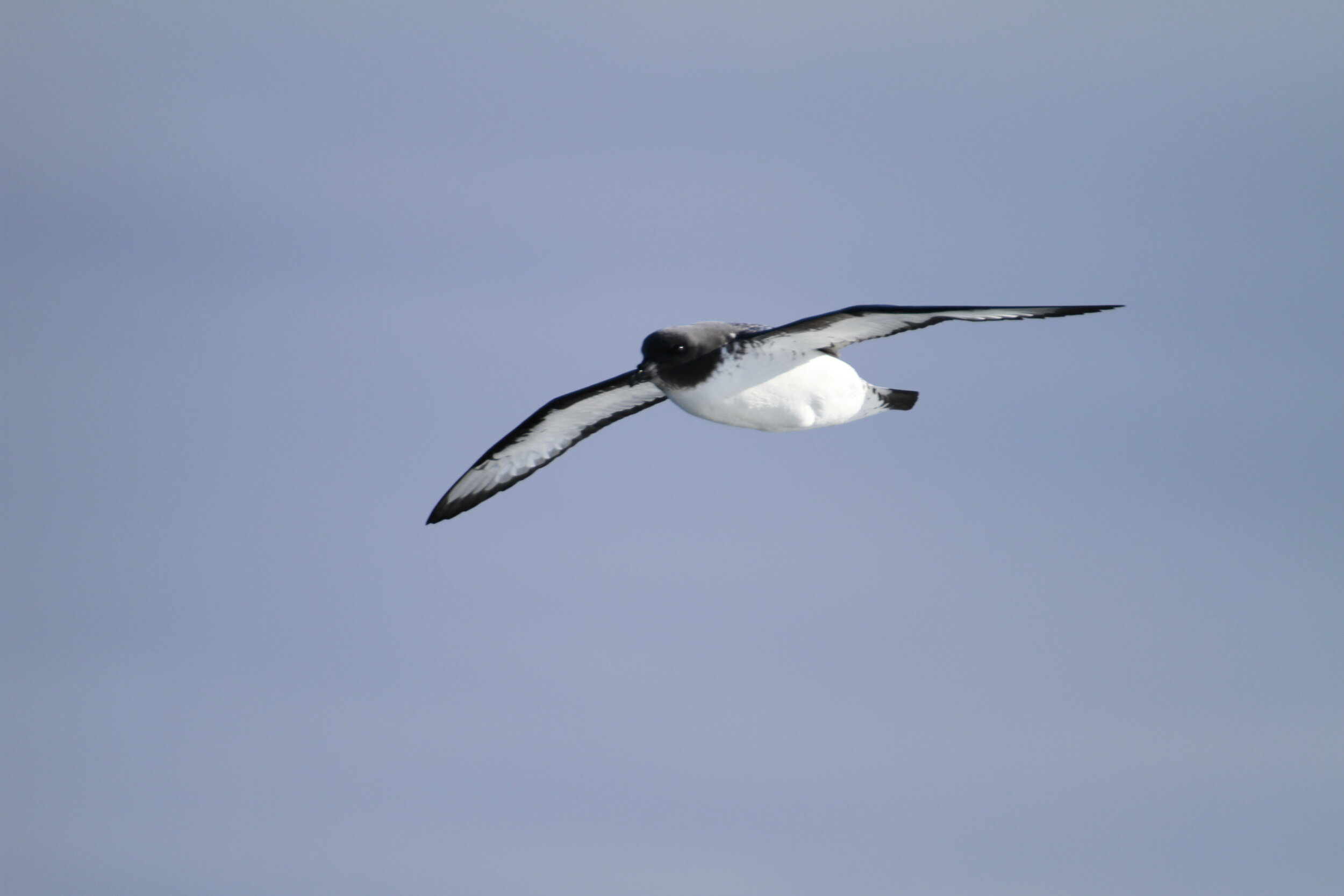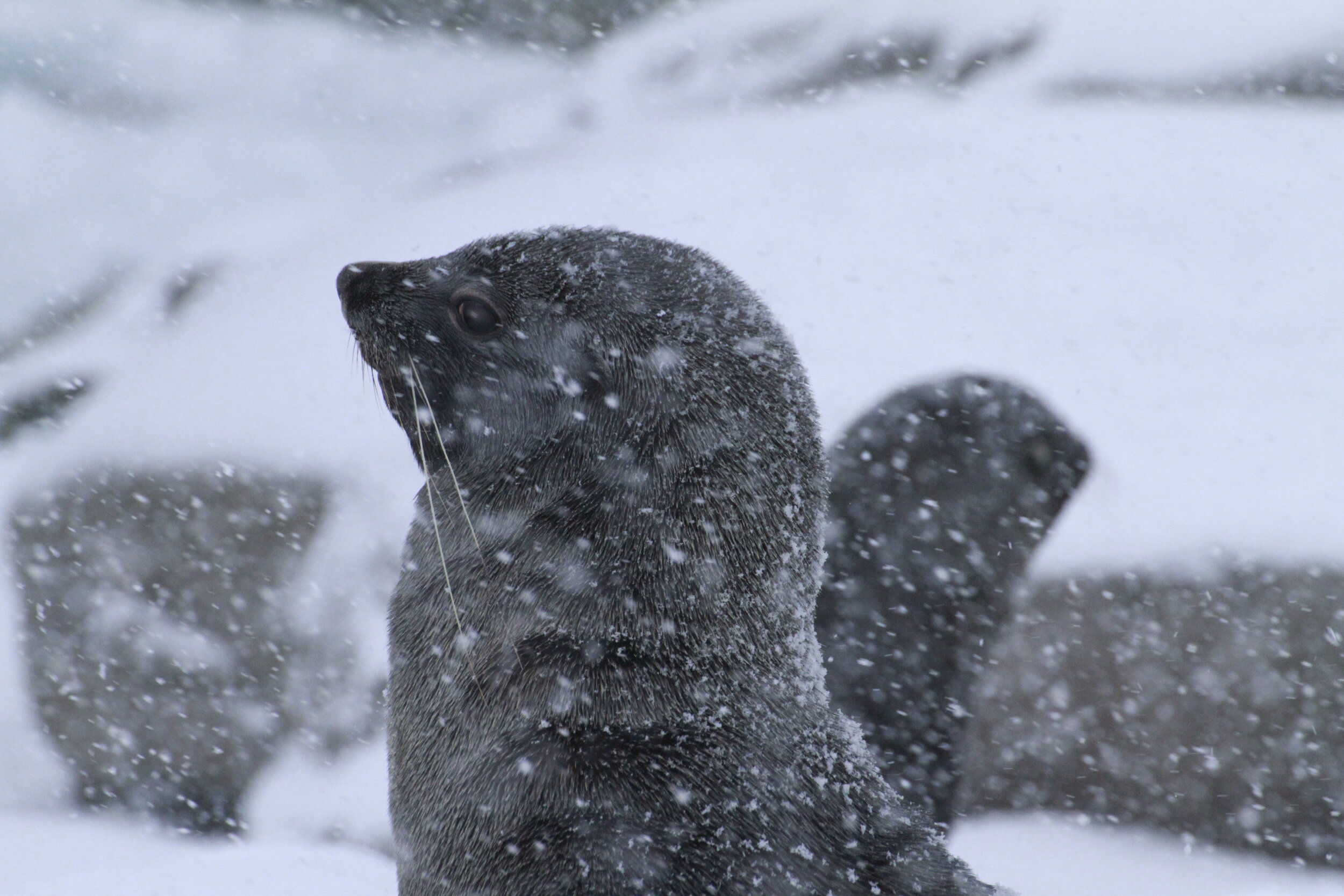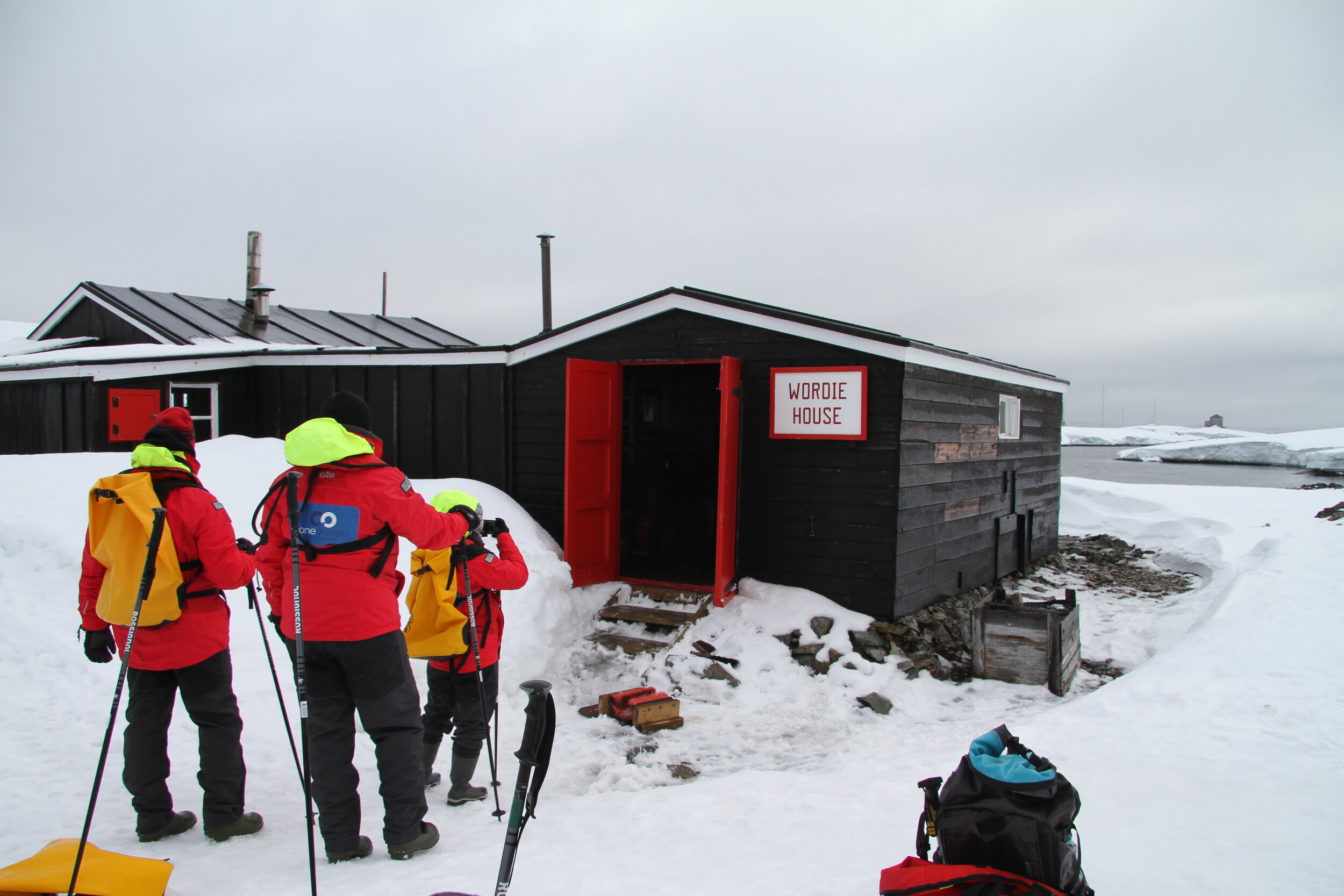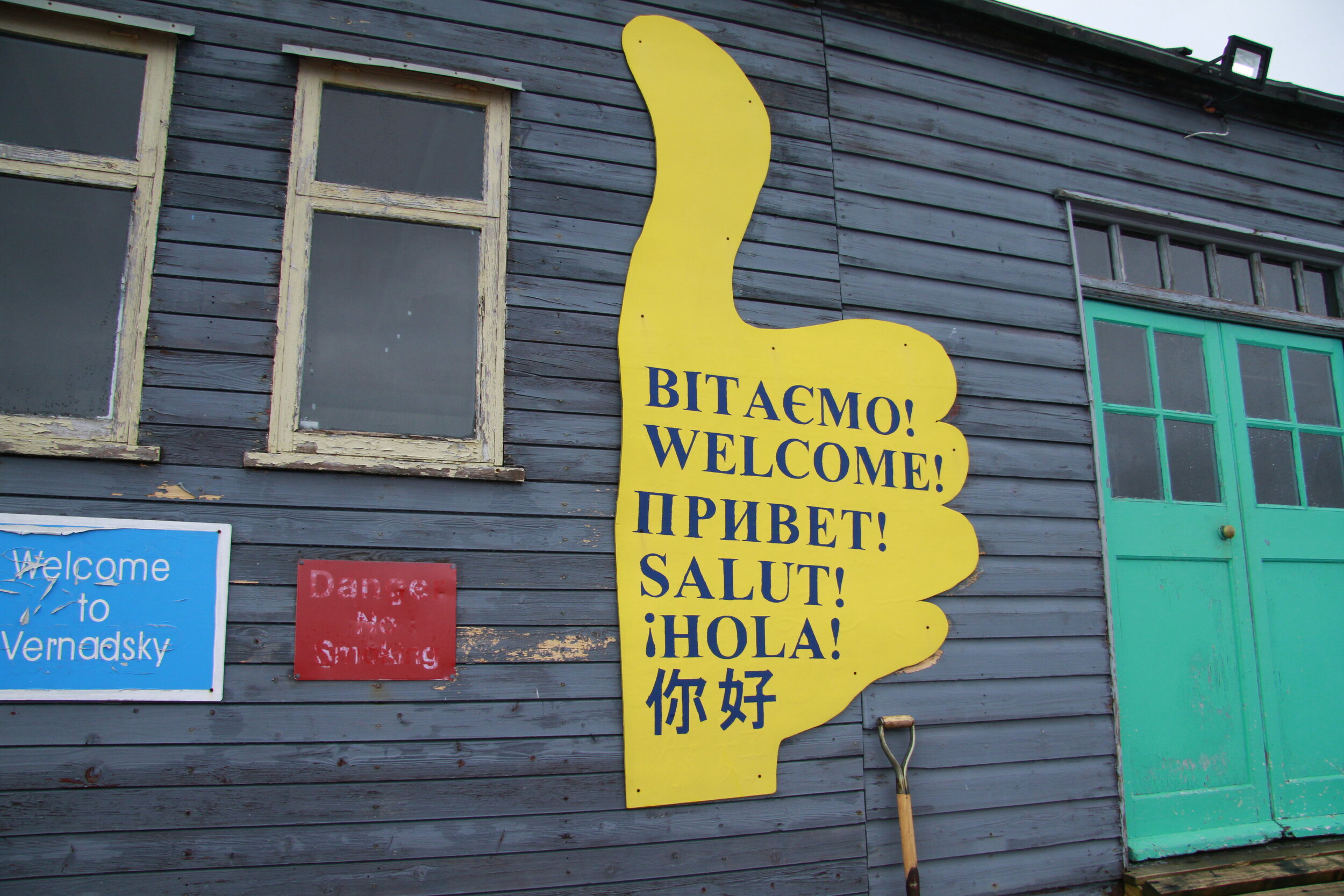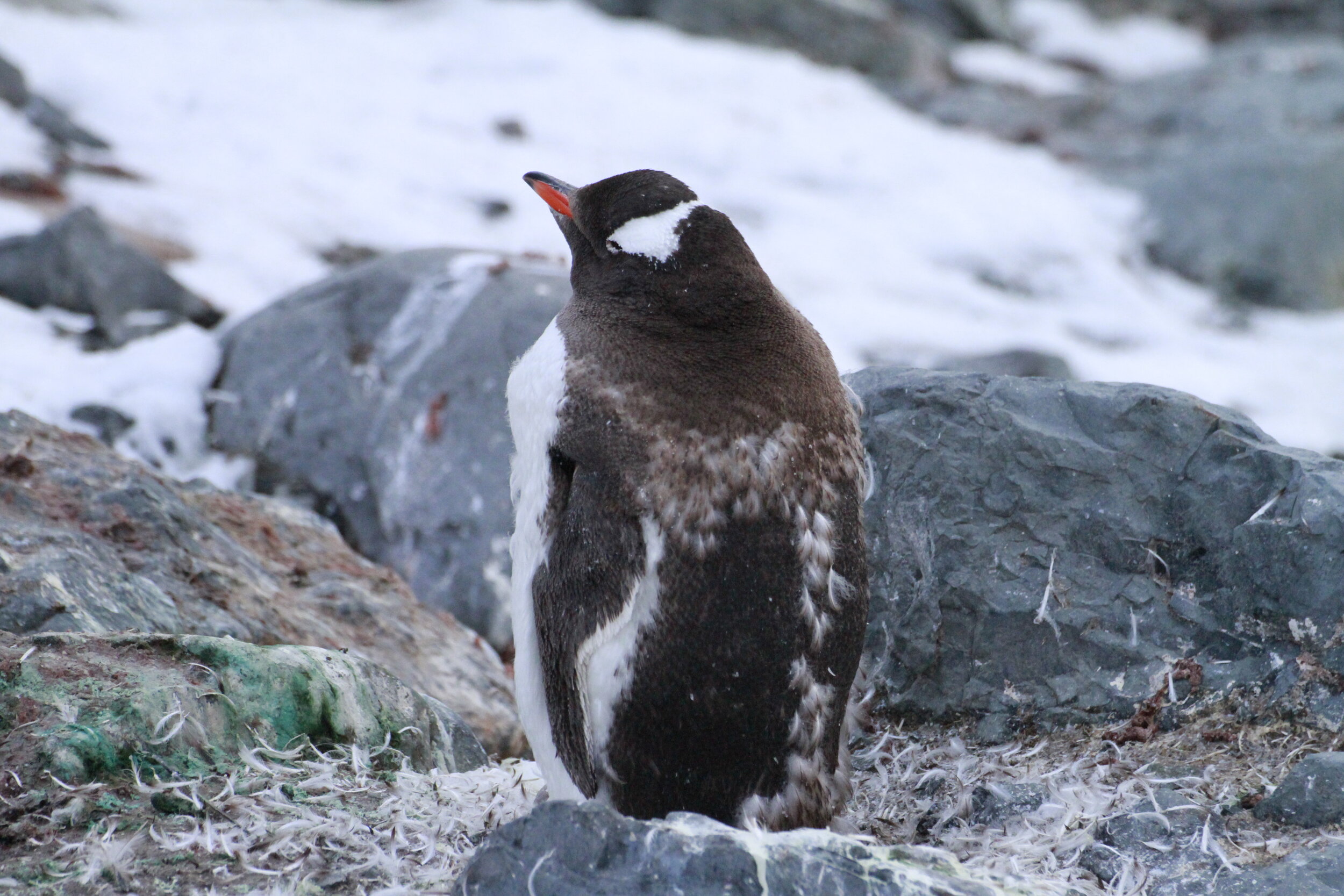
Blog
The thrill of visiting my 7th continent
in Newsletter
Visiting my 7th continent - the thrill of Antarctica. Photos and story by Alan Abonyi
For many like myself, travel has always been a way to connect with the world beyond our immediate surroundings; to gain a deeper understanding of our planet and the diversity of creatures that inhabit it. My own fascination with the natural world and wildlife was sparked by a month-long trip to Southeast Asia, where I traveled through the jungles of Peninsular Malaysia and Borneo. Not long afterwards, I found myself on the African continent for the first time, bush camping under the endless African sky. It was perhaps inevitable that my fascination with wildlife would ultimately lead me to Antarctica — my 7th continent.
Boarding the ship in Ushuaia, there’s an incredible rush of adrenaline as we prepare to leave civilization behind and venture across the Drake Passage. We get underway and sail east through the Beagle Channel.
By morning, we are well into our two-day transit south across the Drake Passage. Time aboard the ship is spent attending presentations on the wildlife we expect to see, as well as the history of Antarctic exploration. We are accompanied across the Drake by magnificent seabirds—Black-browed Albatross, Southern Giant Petrel, and Cape Petrel. They sail the wind currents alongside the ship, soaring and dipping towards the water with incredible grace and agility.
Click on smaller squares for full size images
The following day, as we cross the Antarctic convergence zone, the seabirds that were our constant companions for the first half of the crossing have disappeared. We’re now watching intently for any new signs of life. To our delight, we are greeted by a large pod of Orcas.
The southern hemisphere is actually home to four Orca ecotypes (subclassification defined by differences in size, appearance, behavior, prey type and social groups). We are fortunate to see the primary ecotype B, known as Pack Ice Orcas, and the least observed ecotype D, which causes considerable excitement among the research scientists aboard. Everyone enjoys watching the magnificent creatures who seem equally fascinated with us. The excitement is building.
And then, the first sight of land! Smith Island rises from the mist with imposing snow-capped mountains. Smith Island is one of dozens of barrier islands forming an archipelago along the northwest coast of the Antarctic Peninsula. Together, they protect the Peninsula’s many bays and inlets from rough seas and pounding surf. We are here! Well, almost.
Smith Island - our first sight of land.
At last, our first opportunity to set foot on the continent comes the following morning. As the ship sets anchor in Charlotte Bay, the weather turns dramatic with heavy snow and wind - a suitable backdrop to set foot on the Antarctic Continent for the first time. We board zodiacs to come ashore at Portal Point. There to greet our landing are several Southern Fur Seals who remain unperturbed about the weather or our arrival.
The feeling of actually standing on the Antarctic Continent is exhilarating. To know you are setting foot where few have stood, thousands of miles from home is deeply meaningful and reminds us all just why we travel. The expedition team does a fantastic job of fueling our excitement. We each have an opportunity to pose with a “My 7th Continent” banner and to observe fur seals frolic in the snow. The sheltered bay where we landed becomes blocked with ice, so we walk a short distance to a second cove which remains open and allows us to safely return back to the ship. It’s a small but poignant lesson regarding the challenges of visiting this unique environment. What excitement for our first day on land!
We continue in the coming days to explore more of the Antarctic Peninsula, including historic and scientific stations, such as the former British scientific research station, Wordie House, now part of the UK Antarctic Heritage Trust. It’s hard to fathom what it must have been like to be posted so far from home with minimal comfort and limited supplies.
We visit the Ukrainian scientific base at Vernadsky Station, which also operates the southernmost public post office and yes, a souvenir shop. We prove a welcome distraction for the researchers who maintain the base throughout the long cold Antarctic winter.
On the rocky outcropping by Vernadsky station, we encounter our first small colony of Gentoo penguins. It is late in the season. Adelie and Chinstrap penguin chicks have fully fledged. Their colonies have already returned to the sea to fish and to take up residency in the rapidly forming pack ice ahead of the fast-approaching winter.
Gentoo chicks have also fledged. The remaining penguins are primarily adults completing their annual molt. Penguins are unique among bird species in that they replace their feathers annually, all at once. During this time, they are particularly vulnerable to weather. They are unable to swim and fish until their new feathers have replenished their waterproof barrier. While some of the penguins are completely oblivious to our presence, others are quite curious and attempt to approach us. We find ourselves looking for ways to observe yet maintain a respectful distance.
Traveling late in the season, whales are by far the most abundant creatures. Humpback whales are among several species who come to Antarctica to feast on abundant krill. In addition to Humpbacks, we encounter Sei, Fin and Minke whales. As these magnificent creatures glide by the zodiac, you can smell the krill they’re consuming on their breath as they exhale.
This particular voyage is unfortunately cut short by a line of approaching storms. We set sail back to Ushuaia early, crossing the Drake Passage with considerably more wave action this time. As we approach Cape Horn, 30-foot seas gradually give way to calmer waters, and we have an opportunity to “Round the Horn”. It’s hard to imagine what early exploration was like on much smaller wooden vessels in the rough waters surrounding the southern tip of South America. We had the comfort of a modern, very comfortable expedition ship, where we could retreat to the heated comfort of panoramic lounges and cocktail bars.
Cape Horn, the southern-most tip of South America.
Despite an abbreviated voyage, Antarctica fulfills a dream and a major milestone. Like myself, my fellow travelers are left with a sense of awe. Thanks to a first rate expedition team, we now enjoy a deeper understanding of this fragile ecosystem. Looking back now, the entire adventure captured the essence of why we travel; to expand our horizons; to gain a better understanding of the world in which we live; and to learn ways we can help protect and preserve it for future generations.
I hope to return back to Antarctica some day, to travel farther afield to South Georgia and witness the largest King Penguin rookery on the planet as well as the largest Southern Elephant Seal nursery. I would also welcome the opportunity to see the vast nesting grounds of seabirds and other sub-antarctic penguin species in the Falkland Islands. For now, Antarctica remains the trip of a lifetime and I am richer for having made the journey.
If you would like to enjoy that same exhilaration, check out the wide selection of Antarctic experiences available, from short 7-night adventures to epic 20-night expeditions across the southern seas to include Antarctica, South Georgia and the Falkland Islands. See all Antarctica options here »


